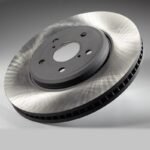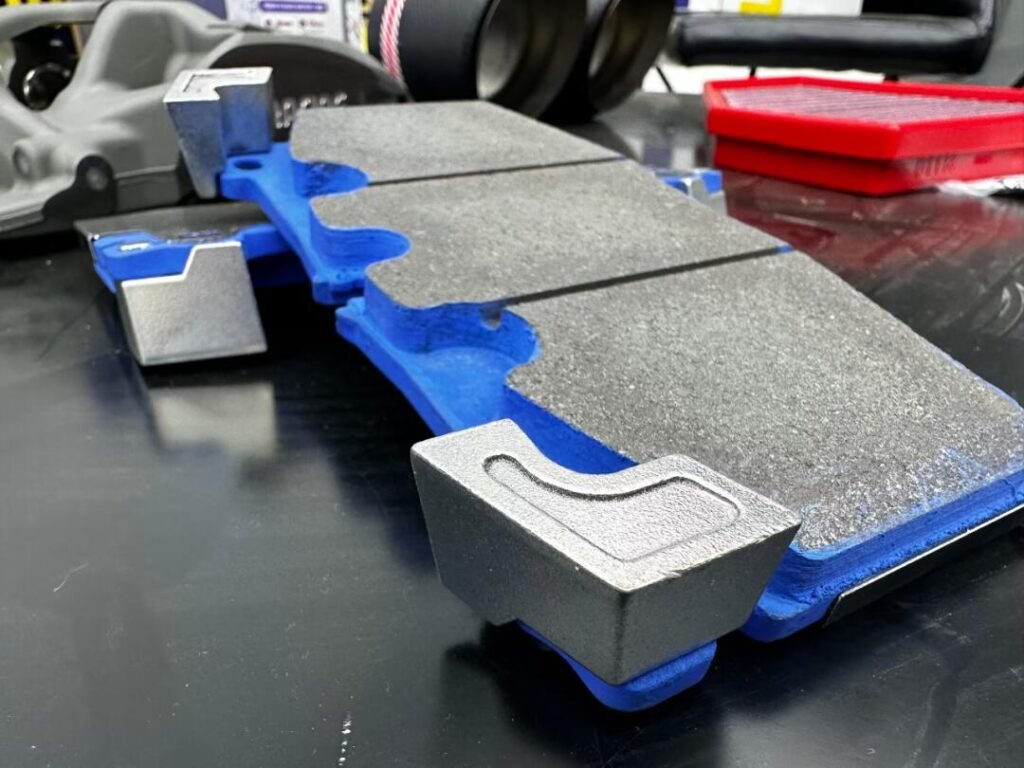Most of us heard the hybrid technology of Toyota or Honda, these Japanese cars are well-known for their hybrid system with less fuel consumption.Meanwhile, there is a Chinese automaker which is consistently working on hybrid technology over years and this company is known as BYD.
What is DM-i?
1.The Super Hybrid Power Technology
The Dual Motor Intelligent(DM-i) is based on high-safety blade batteries, high-performance high-power motors and EHS hybrid system. The main driving force comes from high-power efficient motors, while the gasoline engine is mainly responsible for generating electricity within its efficient speed range.

Unlike the hybrid technology of Toyota vehicles that relies on electricity to assist fuel-driven systems, the working principle of DM-i is mainly electricity-driven.

The “Xiaoyun” plug-in hybrid engine has a relatively high thermal efficiency and can guarantee a low fuel consumption per 100 kilometers in the state of battery depletion. The engine efficiently generates electricity and assists in driving at the appropriate time.

Compared to extended-range technologies, the DM-i technology’s engine has a direct drive capability. When entering the high-efficiency zone, it can directly drive the vehicle, which is more economical and has lower fuel consumption.

Specifically, the DM-i hybrid system can achieve various energy output modes such as pure electric mode, extended-range mode, high-speed cruising mode, cruising power generation mode, and acceleration mode through the cooperation of motors, battery packs, and the engine.
2.How BYD develops the DM-i technology?
As early as 2008,BYD launched the world’s first mass-produced plug-in hybrid vehicle “F3DM”. However, the hybrid technology was not mature at that time and the price was relatively high, it did not receive widespread attention from the market.

But now it is totally a different story.On May 28 2024, BYD unveiled the 5th generation DM-i technology. It has undergone comprehensive enhancements and optimizations in aspects such as core components, software control strategies, and full-temperature domain vehicle thermal management.


The maximum thermal efficiency has surpassed 46.06%, making it the highest thermal efficiency in the production engine!In the BYD Qin L model, the NEDC fuel consumption in the state of battery depletion can be as low as 2.9 liters per 100 kilometers, the CLTC power consumption is 10.7 kWh, and the comprehensive cruising range can reach 2,100 kilometers. It must be said that this represents an epoch-making technological breakthrough in the field of fuel engines!
3.How Good is DM-i?
- Fuel Efficiency: Vehicles equipped with DM-i technology can have very low fuel consumption in both urban and highway driving conditions.
- Power Performance: Despite the focus on fuel efficiency, the DM-i technology doesn’t compromise on power. It provides quick acceleration and smooth power delivery, offering a pleasant driving experience.
- Versatility: The technology allows for seamless transitions between electric and hybrid modes, adapting to different driving scenarios. This makes it suitable for various driving environments and user needs.
- Long Battery Life and Durability: The BYD batteries used in DM-i systems have shown good longevity and durability, reducing the concerns of battery degradation over time.
- Cost-Effective: It offers a cost-effective solution compared to pure electric vehicles, especially in regions where charging infrastructure might not be as widespread.

The Main Hybrid Technology Comparison in 2024
| Brand | Main Techology | Cars Example | Gas Consumptiom |
| DM-i | Mainly electricity-driven. The engine efficiently generates electricity and assists in driving at the appropriate time. | BYD Qin/Song/Seal | 2.9L-4L/100km |
| THS(Toyota Hybrid System) | Mainly gasoline engine-driven,the electric motor assists during acceleration and low-speed driving | Toyota Corolla/Camry/RAV4 | 4-5L/100km |
| EREV(extended-range technologies) | Driven by electric motor and the internal combustion engine operates as a generator to produce electricity to power the electric motor and recharge the battery | Lixiang L7/8/9 | 7-10L/100km |
| Hi4-T(GWM) | designed to offer enhanced performance in off-road conditions, providing optimal performance based on driving situations. | GWM Tank 400/500 | 10-15L/100km |











